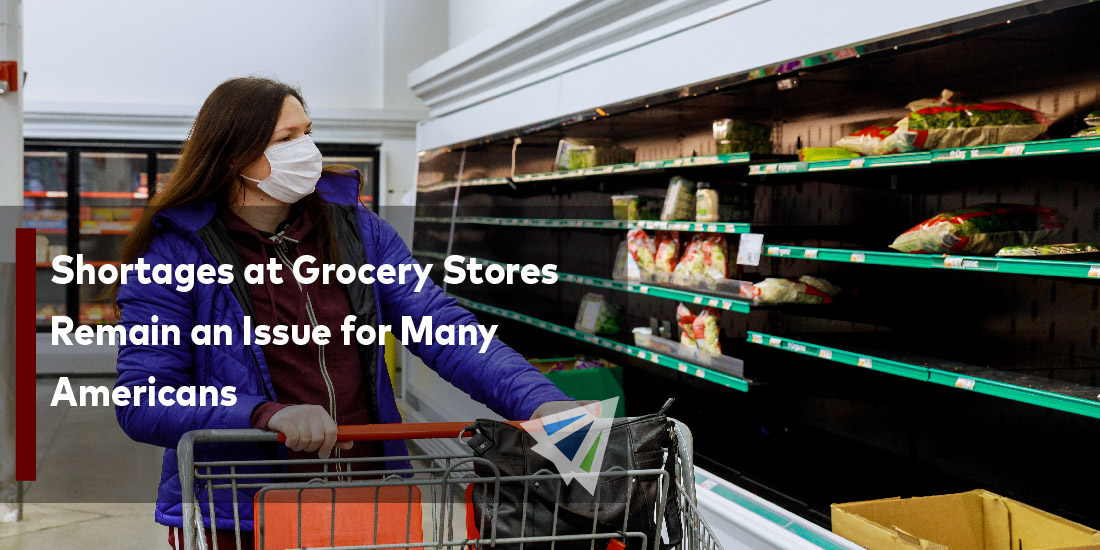Shortages at Grocery Stores Remain an Issue for Many Americans
Demand for grocery store items have been leaving many Americans frustrated with the lack of products and empty shelves at their favorite grocery stores due to continuing supply chain issues.
What The Numbers Are Showing
In the last three months nearly 80 percent of Americans said they were facing shortages at the grocery store, a new survey from SurveyMonkey reported in Business Insider. A total of 998 U.S. adults were surveyed and of them, over half have seen significant shortages of meat, eggs, or paper products (toilet paper, paper towels, etc.,). Meat production has been impacted heavily by demand and supply chain constraints as well. The production capacity for beef, pork and chicken industries have decreased by 25 percent, 43 percent, 15 percent, respectively in 2021, according to Frontiers.
Some experts are even saying it is worse now than it was in 2020. The issue lies in labor shortages in all parts of the grocery supply chain. Which means, lower production equals higher prices and less availability in stores.
Convenience Stores Role In All of This
Convenience stores are also seeing the impact of ongoing supply chain issues disrupting their ability to adequately meet the fill-in needs of shoppers in larger cities. Additionally, the daily essential needs of customers in secondary markets and rural areas where a convenience store might be the only store in town for food items has seen similar disruptions, CNN Business reports.
Many convenience stores have been monitoring product availability reports on a weekly basis. Kevin Smartt, CEO of Texas Born (TXB), a Texas-based convenience store, told CNN Business that the main issue is, “as a chain, we’re probably averaging 6,500 to 8,000 outs (a specific branded product that is out of stock and unable to be delivered that week) a week from manufacturers, averaging about 12-13 percent. Normally that number would be around 1.5 percent.” The Plan B in that situation would be to restock with an alternative brand. However, according to Smartt, that is a difficult task in of itself since everyone else is doing the same exact thing.
This directly impacts smaller communities where some convenience stores are the only store available for them without having to travel a significant distance.
What Consumers Can Do Going Forward
Obviously, these tips will not be the cure or complete fix to the issue, but these are some ways to assist you when searching for grocery store items that go out of stock fast.
Arrive early: One of the best things consumers can do is arrive early to their favorite grocery stores. Typically, deliveries from major manufacturers to grocery store chains and warehouse stores occur early in the morning (4am to 7am). Following this, these stores are stocked by mid-morning, but have the potential to sell out before noon, Consumer Reports stated.
Be open and flexible to off-brand items or substitutions: Not only are these cheaper options but they may be easier to find as more tend to be in stock than name-brand items.
Use grocery store shopping apps: When looking for a particular item, some grocery store apps will have a product locator that will show what items are available in specific locations. So, if one store doesn’t have the item you want but the same store ten miles down the road does, these apps provide you with easy access to find that out.
Looking Ahead
If you would like more information regarding this topic, contact our team at InterlogUSA and we will be happy to assist you with any questions or comments you may have. In addition, we have our weekly market updates that can provide you with relevant freight news, updates, developments across the industry, and more.
